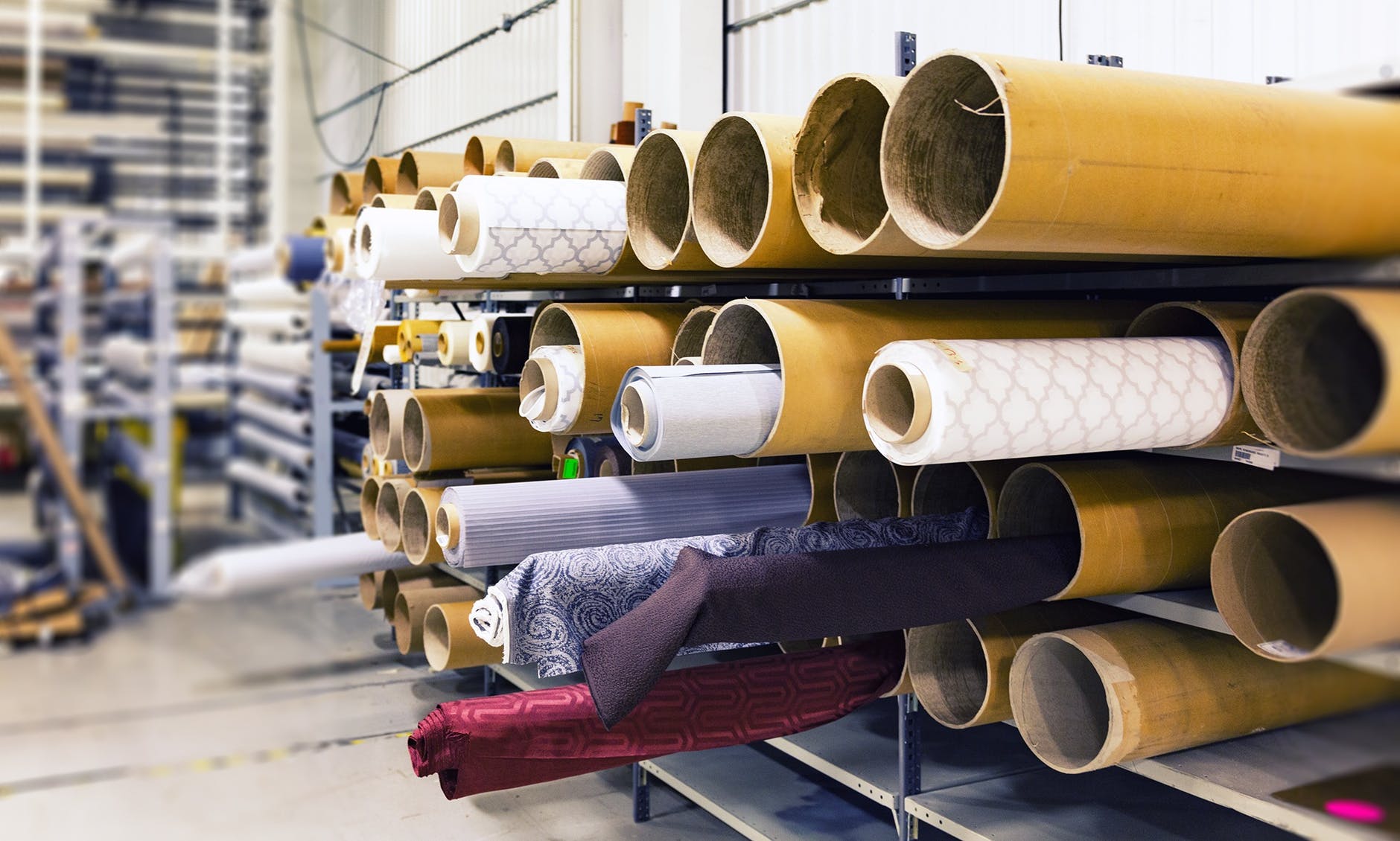Definition
Businesses uses throughput accounting as an intelligent mechanism to plan production. The purpose of using this accounting approach is profit maximization. This concept is applicable when you have a certain constraint in the production process of multiple products. Hence, its more about production plan and manufacturing.
For instance, you may need to use raw material (bottleneck) in multiple products of your business. Bottleneck refers to the material or any other factor limiting your production capacity. The bottleneck may be some scarce raw material, scarce labor resources, scarce machine hours or any other production-related factor. So,
This type of accounting is only applicable when you have the following circumstance.
- Your business has a certain bottleneck.
- Your business produces more than one product, and these products use bottleneck resource in different proportion.
In such a situation, throughput accounting can help make a production plan that maximizes your company’s profit. Let’s understand how it’s done.
Detailed understanding
Suppose there is a higher demand for the company’s products. However, your production capacity is limited. It means the business does not have to worry about selling aspects, but making is a problem. Further, the business has multiple products, and all in are in equal demand.
Detailed analysis of the production facility reveals that production is limited because of machine hours. And it’s not feasible for the business to purchase an additional machine. Further, all three products use different machine hours.
First of all, we need to understand that machine hour is a bottleneck limiting the business’s production and profit. Secondly, we need to identify a product that produces the highest contribution using the lowest bottleneck resource (machine hours). Let’s understand with steps how it can be done.
Step -1
Identification of bottleneck resource – it’s about knowing your production facility. So, this stage involves a detailed analysis of production stages. There can be different bottlenecks for different businesses. For instance, a scarce resource can be labor hours, machine hours, raw material, or any other factor of production. So, identifying scarce resources is more about knowing where the problem actually arises.
Step -2
Calculate contribution per unit of all products – It’s about doing some math with the product. Simply deduct all variable costs from revenue.
Step -3
Divide contribution per unit with scarce resource – Again, it’s simple math, divide contribution per unit with the scarce resource. It’s called throughput value.
Step -4
Rank step-3 values in the highest priority – The highest-ranked values in step-3 (throughput value) indicate the highest utilization of scare resources to generate profit. In simple words, we have identified a product that uses the lowest scarce resource to produce the highest contribution. So, priority should be given to the highest-ranked products. However, the maximum demand for each product should be considered while making product plan.
So, what have we done?
We have identified the product that produces the highest contribution by utilizing the lowest scarce resource. Further, we have ranked products in terms of contribution utilized by scarce resources. Hence, this information can be used to produce a production plan with the highest overall contribution.
Throughput accounting ratio formula
Following is the formula of throughput accounting
Throughput accounting ratio = throughput value / fixed cost per unit
Where, throughput value = contribution / scarce resource unit
Fixed cost per unit = Total fixed cost / total production
So, if the value calculated is more than one, it means that the throughput value is able to cover fixed cost. On the other hand, if the throughput ratio is less than one, it means that throughput value does not cover the business’s fixed expenses. Hence, it can be helpful for the business to understand if it’s viable to make product.
Throughout accounting and theory of constraints
Theory of constraint refers to the situation where some of the limiting factors halt production. These limiting factors are also called bottleneck or scarce resources, and production plan needs to be managed in line with the constraints.
Throughput accounting provides us with a calculation method effective in planning for production.
Throughput accounting vs. cost accounting
Throughput accounting is limited to the maximum utilization of scarce resources and achieving higher profitability. On the other hand, cost accounting is a broader concept that is focused on operational aspects of overall cost, price, production, contribution, cost behavior, cost analysis, process accounting, and manufacturing aspects.
Advantages of throughput accounting
Following are some of the advantages of throughput accounting.
- Helps to formulate the best possible production plan. This plan leads to maximum utilization of scarce resources and maximum profit.
- It helps closely understand contribution, production procedures, fixed cost behavior, and variable costs.
- Throughput concepts can be applied quickly; it’s flexible in terms of application and greatly help in decision making.
- It’s rational and considers product demand while making a production plan.
Disadvantages of throughput accounting
Following are some of the disadvantages of throughput accounting.
- It can be difficult to understand the concept of throughput accounting.
- It’s not easy to compile small details like variable and fixed production elements.
- The concept is only applicable when you have bottleneck resources and multiple products.
- It’s a short-term approach to profitability that does not consider long-term objectives that might be achieved by selling some other product mix rather than suggested by throughput.
- The application can be more complicated if there are multiple bottlenecks.
Frequently asked questions
How does throughput accounting work?
The basic science of throughput accounting is that scarce resources should be utilized for products that produce the highest return while using the lowest scarce resource. So, production decision is taken on the basis of scarce resource utilization.
What’s the most prominent advantage of using throughput accounting?
Following are the most prominent advantages of throughput accounting.
- Helps formulate optimum production plan.
- It helps to achieve higher contribution.
- It helps to keep a detailed understanding of the operational aspects in terms of cost.
Further reading- tothefinance
